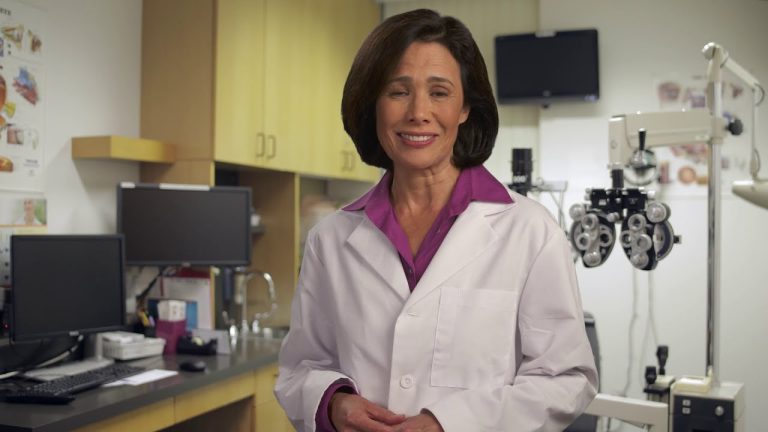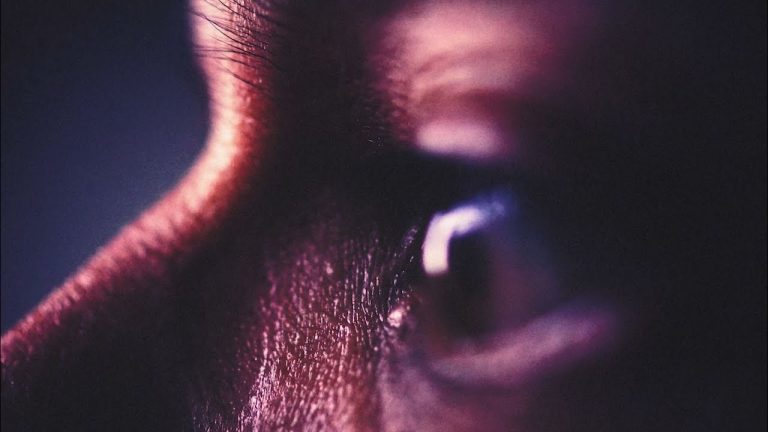Understanding Intraocular Pressure and Its Importance in Eye Health
Intraocular pressure is a fundamental aspect of eye health. In simple terms, it refers to the pressure that builds up inside the eye, specifically within the aqueous humor, which fills the chamber of the eye located between the cornea and the lens. This pressure helps maintain the shape and structure of the eye and is essential for normal vision.
While intraocular pressure varies from person to person, the average range is generally between 12-21 mmHg (millimeters of mercury). However, any pressure above 21 mmHg is considered high and can lead to a condition known as glaucoma, which can cause permanent vision loss.
The Importance of Monitoring Intraocular Pressure
Monitoring intraocular pressure is crucial for maintaining optimal eye health. A routine eye exam can help detect any abnormalities in pressure levels and provide an early diagnosis of glaucoma. Early detection and treatment of glaucoma can help prevent permanent vision loss and blindness.
People over the age of 40, individuals with a family history of glaucoma, and those with certain medical conditions such as diabetes or high blood pressure are at an increased risk of developing high intraocular pressure and should have regular eye exams.
Methods for Measuring Intraocular Pressure
1. Tonometer:
A tonometer is the most common method used by eye doctors for measuring intraocular pressure. It works by putting pressure on the cornea to measure the amount of resistance. This test is quick, painless, and requires no anesthesia.
2. Pachymeter:
A pachymeter is a device used to measure the thickness of the cornea. This measurement is critical when assessing intraocular pressure as corneal thickness can impact tonometry results.
Ways to Reduce Intraocular Pressure
While high intraocular pressure can lead to glaucoma, there are ways to reduce pressure levels to maintain eye health:
- Eating a healthy and balanced diet
- Regular exercise
- Avoiding smoking and limit alcohol intake
- Taking prescribed eye drops or oral medication as directed by your doctor
- Reducing stress levels
Conclusion
Intraocular pressure is a vital aspect of eye health, and maintaining optimal pressure levels is crucial in preventing vision loss. Regular eye exams and monitoring of intraocular pressure can help detect and diagnose glaucoma, allowing for early treatment and prevention of permanent vision loss.
Contents
Most wanted in Hoya Vision:
Hoya Lens Engravings
What brand lenses does Costco use?
Which lens is better Alcon or Johnson and Johnson?
What’s the rarest eye color?
Legacy Eye Care Llc
What’s the difference between 1.5 and 1.6 lenses?
Hoya Sensity Vs Transitions Xtractive
Should eyeglasses cover eyebrows?
1.53 Trivex Impact Resistant
Wide Corridor Progressive Lenses
















